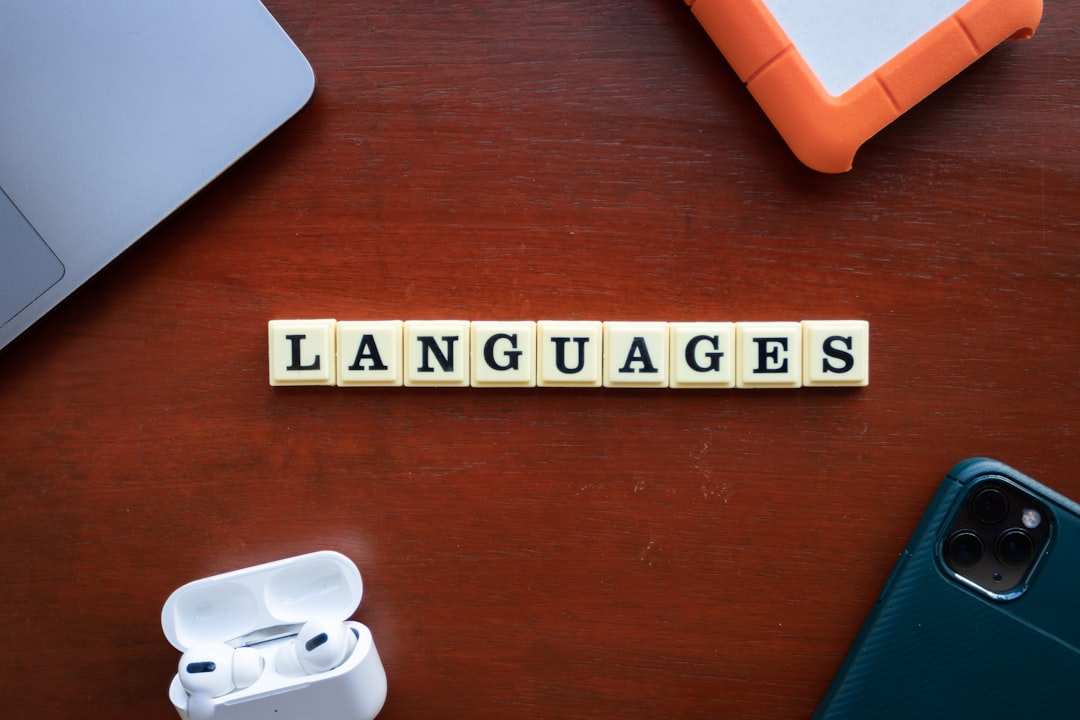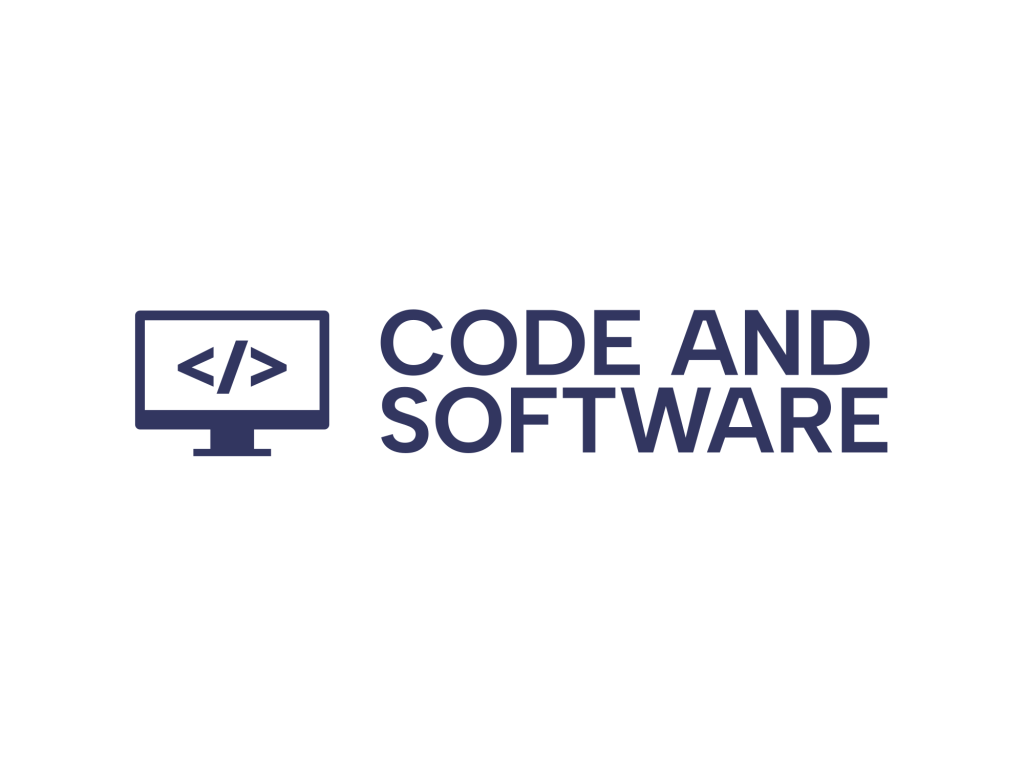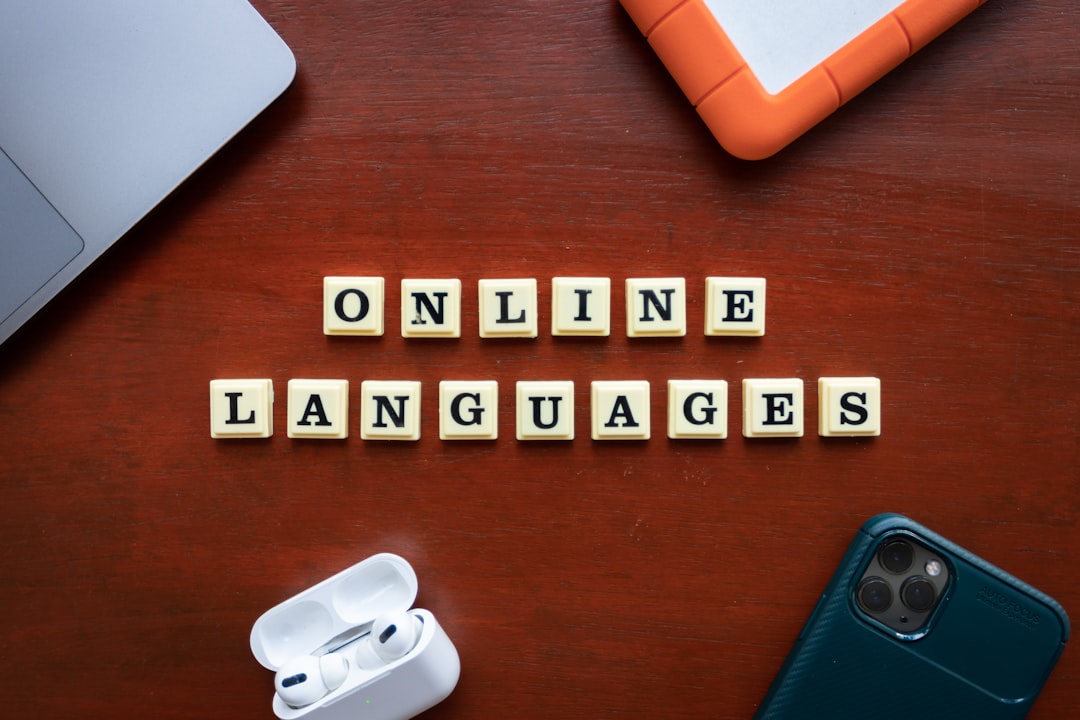In today’s fast-paced, digitally connected world, businesses are expanding their reach to global audiences. As your customer base grows across different geographies, offering multilingual support becomes more crucial than ever. A helpdesk that speaks the language of your users doesn’t just improve customer experience — it also builds trust, enhances brand loyalty, and increases satisfaction rates. If your website runs on WordPress, you’re in luck: creating a multilingual helpdesk is not only feasible, but it can also be remarkably efficient with the right tools and strategy.
Why Offer Multilingual Support?
Before diving into the technical aspects, let’s consider the *why*. According to various studies, more than 70% of consumers are more likely to buy from a website that provides information in their native language. That statistic alone underscores the importance of delivering seamless support in multiple languages. By setting up a multilingual helpdesk in WordPress, you can:
- Enhance accessibility for a diverse, global audience
- Provide better customer service through native language communication
- Improve issue resolution times by eliminating language barriers
- Boost engagement and loyalty among non-English-speaking users
Step-by-Step Guide to Creating a Multilingual Helpdesk in WordPress
1. Choose the Right Helpdesk Plugin
Your first step is selecting a helpdesk plugin that either supports multilingual features out of the box or integrates seamlessly with multilingual plugins. Some popular and feature-rich options include:
- Awesome Support – known for flexibility and addon support
- SupportCandy – offers a clean, straightforward ticketing system
- Fluent Support – a modern plugin built for speed and simplicity
These plugins provide essential features like ticket management, agent assignments, email piping, and internal notes — all of which are foundational for a well-functioning helpdesk.
2. Integrate a Multilingual Plugin
To make your helpdesk multilingual, you’ll need to use a plugin that enables multilingual features across your WordPress site. Some top contenders include:
- WPML (WordPress Multilingual Plugin) – robust and comprehensive for full-site translations
- Polylang – popular for its ease of use and free version
- TranslatePress – ideal if you prefer a visual translation interface
These plugins make it easy to translate your helpdesk interfaces, forms, and content manually or automatically using machine translation.
After installing your chosen multilingual plugin, configure the language options you need. Be sure to enable language switchers so users can choose their preferred language easily.

3. Translate Helpdesk Content
Once you’ve integrated your helpdesk and multilingual plugins, it’s time to translate your actual support content. This includes:
- Helpdesk forms – for ticket submissions and user inquiries
- Auto-reply emails – for confirming ticket receipts and responses
- Knowledge base articles – so users can self-serve in their chosen language
- FAQs and support pages – to ensure complete coverage
Whether you translate manually with native speakers or use AI-assisted translation tools, invest in quality assurance. Poor translations can frustrate users more than no support at all.
4. Optimize the User Experience
Language is just one part of the user experience. To optimize your multilingual helpdesk, consider the following tips:
- Auto-detect user language based on browser or location for more intuitive service
- Use icons or flags to represent languages clearly
- Ensure ticket forms are localized including field labels and placeholders
- Make navigation easy with a sticky language selector or menu option
Your goal is to make the process feel native to the user, no matter what language they speak.
5. Train Multilingual Support Agents
Technology can take you far, but a human touch is still essential. If your business has agents who speak different languages, organize them based on linguistic capabilities in your helpdesk system. Some plugins allow ticket routing based on language preference, ensuring users speak with someone fluent right away.
Even if your team uses translation tools like Google Translate or DeepL, knowledge of cultural nuances and idioms can significantly elevate the experience.

6. Set Up a Multilingual Knowledge Base
Self-service is a cornerstone of modern support. Building a multilingual knowledge base empowers users to solve problems without depending on live agents. Plugins like BetterDocs and Echo Knowledge Base work well with translation tools and let you manage articles by language.
Organize your articles by category and language, and make them easily searchable. Optimizing your knowledge base for multilingual SEO can also help attract international traffic.
Monitoring and Continuous Improvement
Once your multilingual helpdesk is live, the work doesn’t stop there. It’s vital to analyze usage and performance to keep the experience top-notch. Consider these ongoing tasks:
- Monitor ticket trends across languages to identify common issues
- Collect feedback from users about translation quality and clarity
- Refine automated translation models if you use AI-based tools
- Update knowledge base articles in all languages as new information arises
Using analytics tools, you can assess which articles are most visited, which languages need more documentation, and how quickly issues are resolved.
Bonus Features to Consider
If you want to go the extra mile with your multilingual helpdesk, explore these advanced features:
- Auto-routing by language – automatically assign tickets to support staff based on language settings
- Chatbot integration – deploy multilingual chatbots for instant, round-the-clock support
- Live chat support – offer multilingual live chat using tools like LiveChat or Tidio
- Push notifications – send status updates in users’ preferred languages
Final Thoughts
Creating a multilingual helpdesk in WordPress may seem like a daunting task at first, but with the right plugins, planning, and practices, it becomes a strategic asset for delivering global customer support. From elevating user satisfaction to expanding your international footprint, the benefits are worth the investment.
Start small—maybe with your top 2–3 language demographics—and expand as you scale. By doing so, you’ll not only meet your users where they are but also show that your brand values inclusivity, accessibility, and excellence in service.

